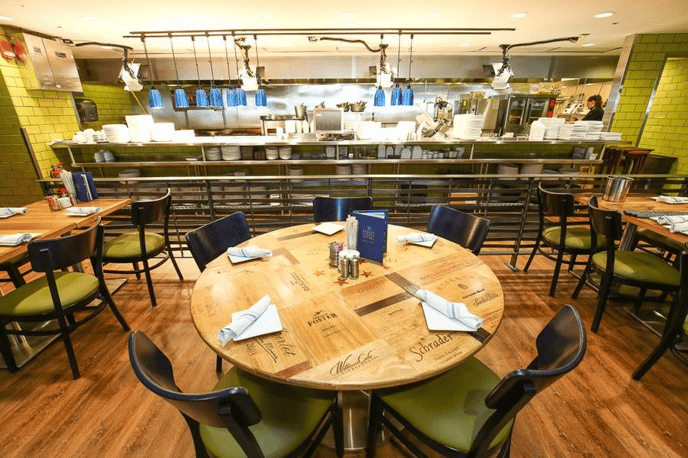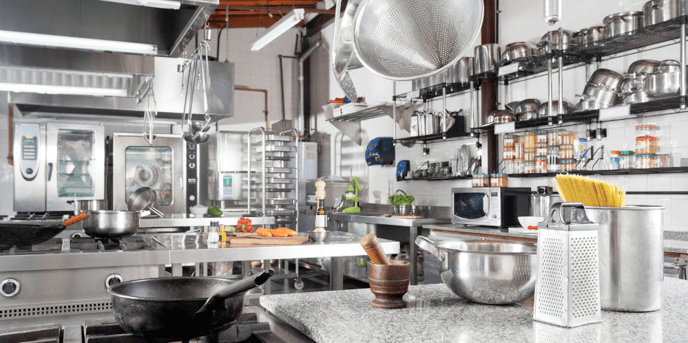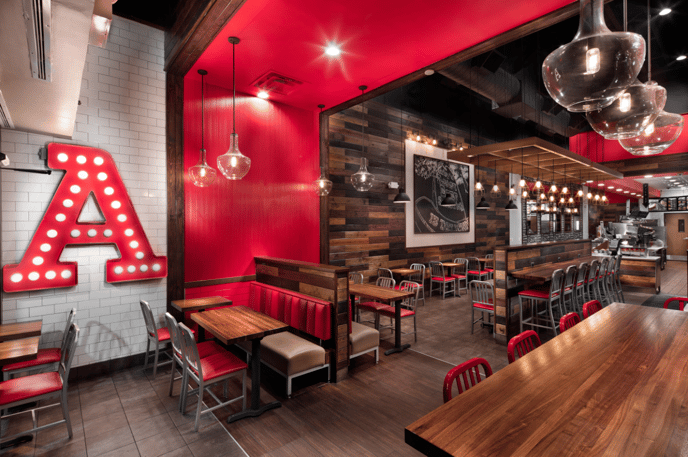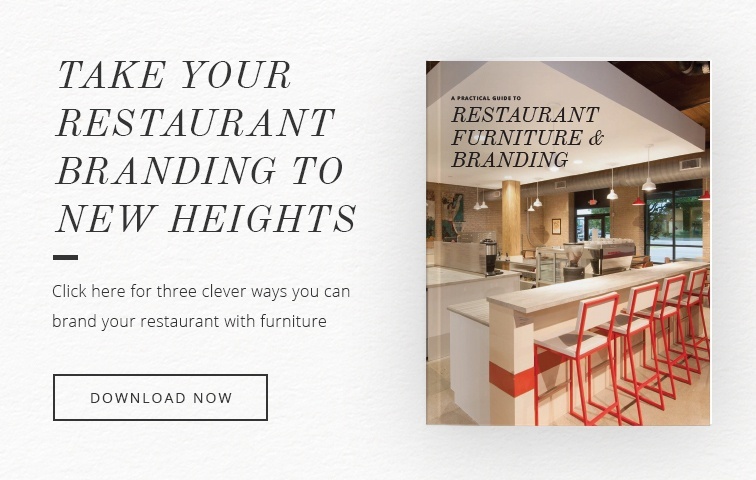While the kitchen is a restaurant’s bread and butter, the dining room is the table setting. With the right plates and cutlery, bread and butter can be comforting and nourishing; with the wrong ones, it becomes a meager meal. When planning a new restaurant or redesigning an existing dining space, careful attention to the restaurant furniture and design from start to finish ensures that the front of the house reflects both the aesthetic concept and the functional needs of a business in motion.
1. Prepare the Space
Have experts communicate with one another. From contractors to electricians to real estate agents, the experts working on the restaurant all have different ideas of what works. Even if they all have experience working with restaurants, getting everyone together to discuss crafting the perfect space results in a cohesive restaurant with purposeful placement of every wall, light, and outlet.
2. Weigh Aesthetics vs. Practicality
The dining space should look amazing. After all, before any customers look at a menu or talk to wait staff, they first take in the appearance of the restaurant. But a great-looking dining room should not come at the expense of practicality. If lighting fixtures are too hard to reach to change a bulb or the carpet is difficult and costly to clean, they’re ultimately not going to help the restaurant’s image. That being said, it’s imperative to balance the needs of your busy restaurant with the aesthetics. And with the right furniture and fixtures, you won’t have to compromise on either.

3. Plan for Storage
Running a restaurant requires a lot of stuff. Having enough back-of-house storage for supplies is critical to the operation of a restaurant, but keep plenty of space and shelving for everything in the front-of-house as well. Whether it be space for storing menus or outdoor seating, storage should be easily accessible yet hidden so as to not attract the attention of customers.
 Image: Prestige Property Services
Image: Prestige Property Services
4. Establish a Floor Plan
Restaurant furniture placement should maximize seating and efficiency. There are two main blunders when it comes to placing restaurant furniture: the first is that designers fail to include enough seating to maximize revenue, and the second is a cluttered floor plan or poorly placed furniture that impedes movement and service. Too far in one direction or the other and your dining room is doing your restaurant a disservice. Your goal is to seat as many customers as the space will comfortably allow, so lay out a floor plan before ordering furniture to prevent clumsy placement.
5. Design Your Dining Room in Real Space, Not Just on Paper
Even with measurements down to the millimeter, there could be little points of tension in a floor plan that are just not noticeable on paper. Before you finalize your design and order your restaurant furniture, tape out tables and chairs on the floor and role play a service to see how everything works in real space. For instance, you may notice areas where there’s not enough room to maneuver if there’s a chair pushed out, or if a table blocks the view of the dining room from the host station.
6. Decorate with Intent
Stay consistent with your brand. Decor can say a lot about the restaurant’s concept and brand, so if something jumps out at you, it may not be a good thing. A chandelier in a casual restaurant or TVs broadcasting sports at a fine dining establishment will probably confuse patrons and detract from their experience. From wall color to table centerpieces, pick a concept and stick to it.

7. Direct Customers with Helpful Signage
Both indoors and out, signs give customers confidence, which helps them relax and enjoy their dining experience. A blade sign on the exterior tells customers that they’re in the right place, a sign near the host station provides instructions on whether to seat themselves or wait for a host clear up uncertainty, and wall signage denotes directions to the bathroom or other areas of the restaurant.
8. Keep Customer Areas Clean During Service
Although obvious, keep customer areas pristine. Staff know that while restaurant work should always be clean, it’s not always tidy. Customers may not be able to make this distinction. Bussing stations, dirty dishes, and waste bins are all part of daily operations but may appear unseemly at best and unsanitary at worst. Plan the front of the house to hide any service areas.
With the right restaurant furniture and the right design, the whole restaurant feels welcoming and enhances the customer’s experience. By avoiding these common design mistakes, you’re well on your way to a dining space that looks and works great.


